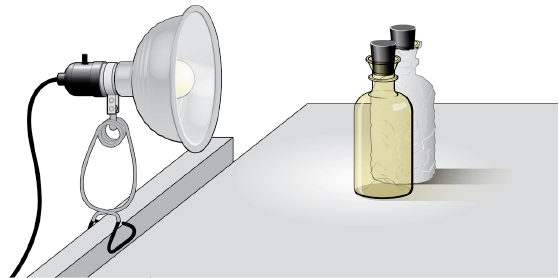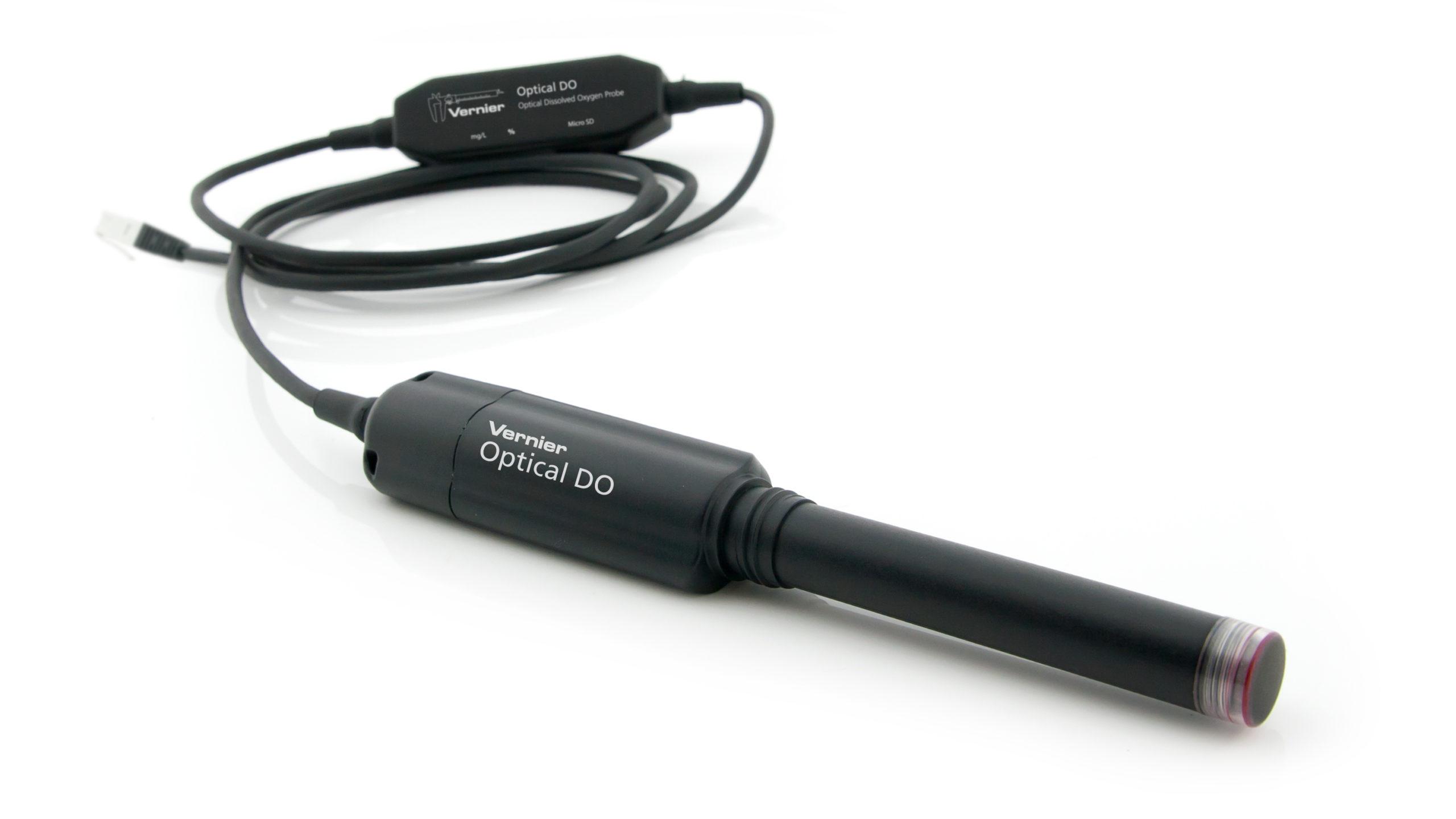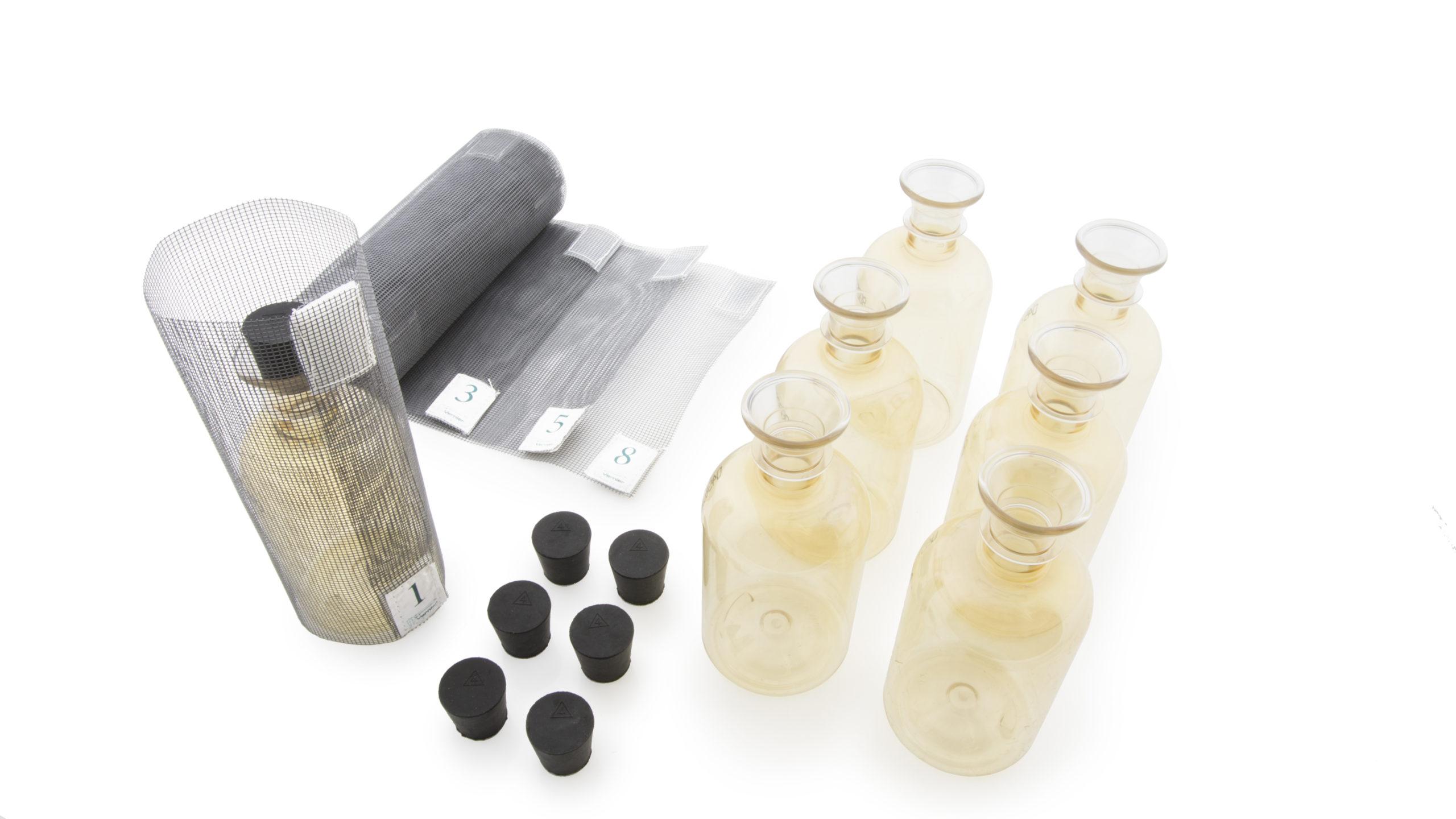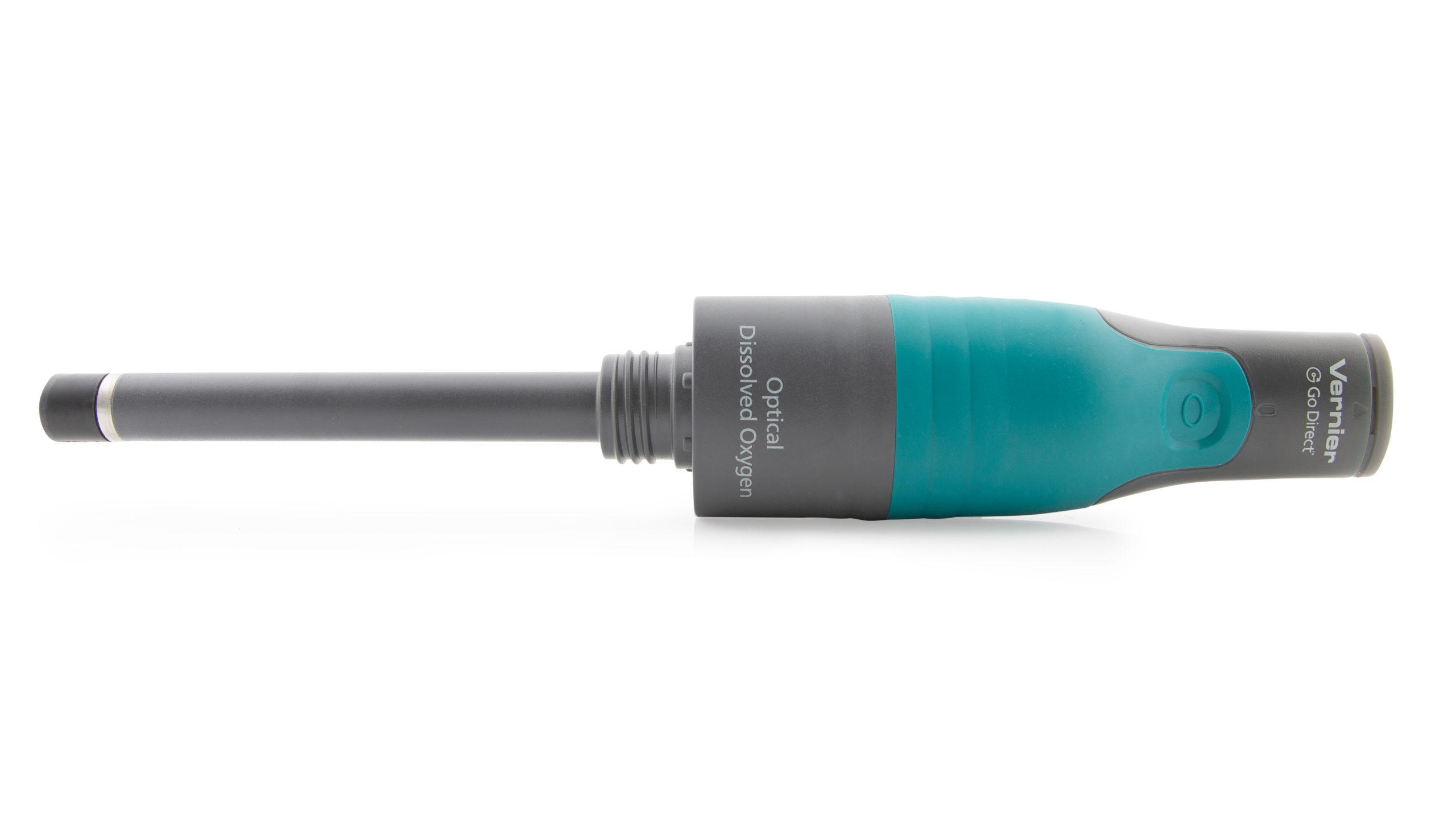
Introduction
Oxygen is vital to life. In the atmosphere, oxygen comprises over 20% of the available gases. In aquatic ecosystems, however, oxygen is scarce. To be useful to aquatic organisms, oxygen must be in the form of molecular oxygen, O2. The concentration of oxygen in water can be affected by many physical and biological factors. Respiration by plants and animals reduces oxygen concentrations, while the photosynthetic activity of plants increases it. In photosynthesis, carbon is assimilated into the biosphere and oxygen is made available, as follows:
The rate of assimilation of carbon in water depends on the type and quantity of plants within the water. Primary productivity is the measure of this rate of carbon assimilation. As the above equation indicates, the production of oxygen can be used to monitor the primary productivity of an aquatic ecosystem. A measure of oxygen production over time provides a means of calculating the amount of carbon that has been bound in organic compounds during that period of time. Primary productivity can also be measured by determining the rate of carbon dioxide utilization or the rate of formation of organic compounds.
One method of measuring the production of oxygen is the light and dark bottle method. In this method, a sample of water is placed into two bottles. One bottle is stored in the dark and the other in a lighted area. Only respiration can occur in the bottle stored in the dark. The decrease in dissolved oxygen (DO) in the dark bottle over time is a measure of the rate of respiration. Both photosynthesis and respiration can occur in the bottle exposed to light, however. The difference between the amount of oxygen produced through photosynthesis and that consumed through aerobic respiration is the net productivity. The difference in dissolved oxygen over time between the bottles stored in the light and in the dark is a measure of the total amount of oxygen produced by photosynthesis. The total amount of oxygen produced is called the gross productivity.
The measurement of the DO concentration of a body of water is often used to determine whether the biological activities requiring oxygen are occurring and is an important indicator of pollution.
Objectives
In this experiment, you will
- Measure the rate of respiration in an aquatic environment using a Dissolved Oxygen Probe.
- Determine the net and gross productivity in an aquatic environment.
Sensors and Equipment
This experiment features the following sensors and equipment. Additional equipment may be required.
Ready to Experiment?
Ask an Expert
Get answers to your questions about how to teach this experiment with our support team.
- Call toll-free: 888-837-6437
- Chat with Us
- Email support@vernier.com
Purchase the Lab Book
This experiment is #12B of Advanced Biology with Vernier. The experiment in the book includes student instructions as well as instructor information for set up, helpful hints, and sample graphs and data.




